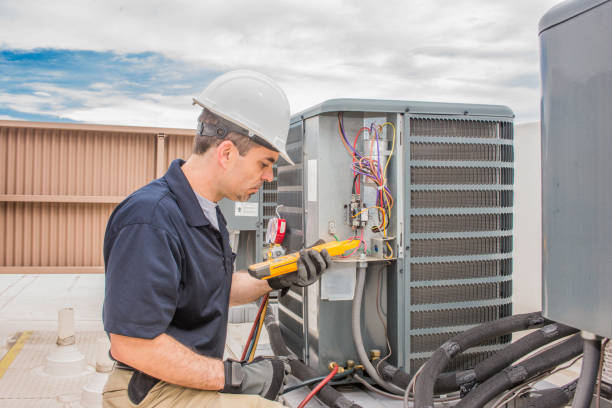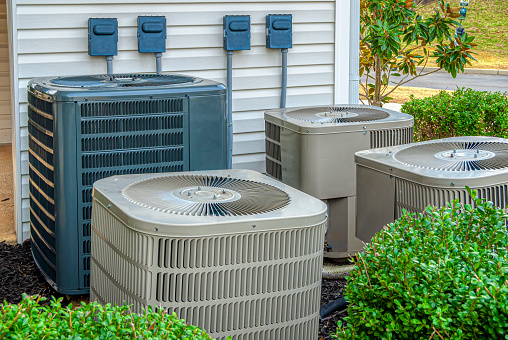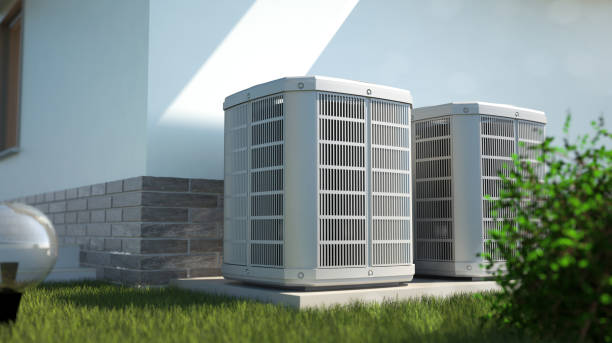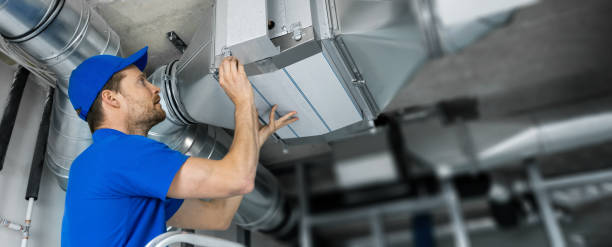Objectives of HVAC Systems
The Primary Intent of HVAC systems is the Comfort of occupants.Other major objectives are

- Maintaining environmental conditions (temperature and humidity) appropriate to the operating requirements.
- Increase in Productivity.
- Building & Equipment Durability.
- Maintaining pressurization between hazardous and non-hazardous areas.
- Increase Life & Health.
- Dilution and removal of potentially hazardous concentrations of flammable/toxic gaseous mixtures in hazardous areas.
- Filtration of dust, chemical contaminants, and odors through chemical and carbon-activated filters.
HVAC system components
- Air filter
- Supply fan
- Mixed-air plenum and outdoor air control
- Exhaust or relief fans and an air outlet
- Outdoor air intake
- Ducts
- Terminal devices
- Heating and cooling coils
- Self-contained heating or cooling unit
- Return air system
- Cooling tower
- Boiler
- Control
- Humidification and dehumidification equipment
- Water chiller
Types of HVAC Systems

Split HVAC Systems:
A split HVAC system is the most common and classic type of HVAC system providing energy efficiency at lower costs. In this model, components are kept both outsides and inside the building and the system is split between two main units, one for heating, and one for cooling. The installation of split HVAC systems is quite complex; So must be performed under expert supervision.
Hybrid Heat Split HVAC systems:
Hybrid Heat Split HVAC systems are basically an advanced form of split system with improved energy efficiency and lower utility bills. This type of HVAC system typically consists of
- An evaporator coil and furnaces that work to convert refrigerant and circulate air.
- A heat pump to cool or heat refrigerant.
- An oil or gas furnace.
- Ducts to take the warm or cool air throughout the building.
- Accessories to improve indoor air quality.

Duct-free or Ductless HVAC system:
A duct-free or mini-split HVAC system is a unique ultra-efficient HVAC system with large upfront costs. It provides big benefits for certain needs and applications where conventional system of ducts cannot be used.
Packaged heating and air HVAC system:
Packaged heating and air HVAC systems are best suited for buildings without enough indoor spaces for split system components. In such HVAC systems, all components come together in one single package. So, easier to install. But the packed system is outside and exposed to extreme weather conditions, so can be damaged easily


